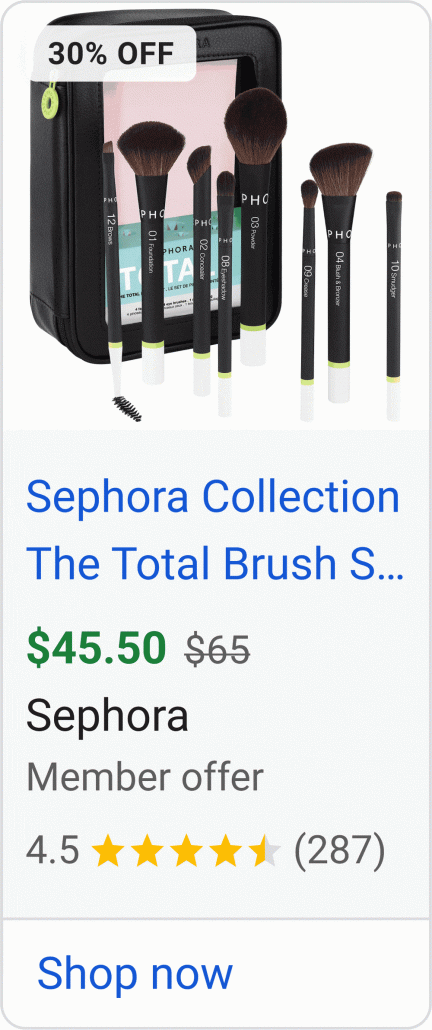Google VP of Search, Liz Reid, recently spoke with The Wall Street Journal in a revealing interview focusing on the company’s approach to content as AI becomes more deeply integrated in both its search engine and society at large.
Google Strives To Give Users What They Want
Liz Reid made it clear that what content Google decides to surface in both AI overviews and traditional search results are shaped heavily by user feedback.:
“…we do have to respond to who users want to hear from, right? Like, we are in the business of both giving them high quality information, but information that they seek out. And so we have over time adjusted our ranking to surface more of this content in response to what we’ve heard from users.
…You see it from users, right? Like we do everything from user research to we run an experiment. And so you take feedback from what you hear, from research about what users want, you then test it out, and then you see how users actually act. And then based on how users act, the system then starts to learn and adjust as well.”
This reflects how Google doesn’t just look for “the best content” but instead ranks “the best content for its users”. It is a small but important distinction which can have significant implications for what content gets seen on the search engine. Smart businesses and marketers will keep this in mind when creating online content. Don’t just make great content. Make great content that people want to engage with.
Is AI Content Automatically Bad?
When discussing the idea of high quality content, Reid takes a moment to discuss AI content. Specifically she indicates that the search engine is essentially neutral about AI-generated content. While the search engine strives not to show “slop”, she suggests that AI content can easily rank alongside handmade content – so long as it passes the same quality standards:
“Now, AI generated content doesn’t necessarily equal spam.
But oftentimes when people are referring to it, they’re referring to the spam version of it, right? Or the phrase AI slop, right? This content that feels extremely low value across, okay? And we really want to make an effort that that doesn’t surface.”
People Want Unique Perspectives
When discussing what type of content users are most likely to click on, Reid emphasized that people don’t want surface level takes or superficial content. They want content that has depth and offers a unique perspective. This is especially true when it comes to what content people click on in AI overviews.
As Reid said:
“But what we see is people want content from that human perspective. They want that sense of like, what’s the unique thing you bring to it, okay? And actually what we see on what people click on, on AI Overviews, is content that is richer and deeper, okay?
That surface-level AI generated content, people don’t want that because if they click on that, they don’t actually learn that much more than they previously got. They don’t trust the result anymore.
So what we see with AI Overviews is that we surface these sites and get fewer what we call bounce clicks. A bounce click is like you click on your site, Yeah, I didn’t want that, and you go back.
AI Overviews gives some content, and then we get to surface deeper, richer content, and we’ll look to continue to do that over time so that we really do get that creator content and not the AI generated.”
Even AI Tools Look For Human Perspectives
Throughout the interview, Reid makes it clear that users are looking for content that stands out from the noise. They want content with unique, strong perspectives and human experiences. While AI can help turn these perspectives into content people can enjoy, they ultimately require human guidance and insight to rise above all the other content online.
The full interview has a lot of interesting insights from someone with deep knowledge of how Google search works and how it is advancing into the AI age. Watch it below:




